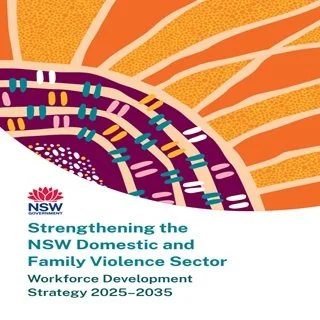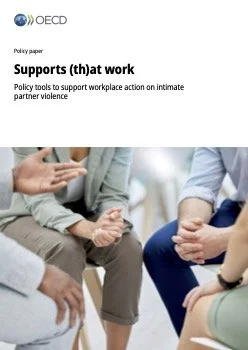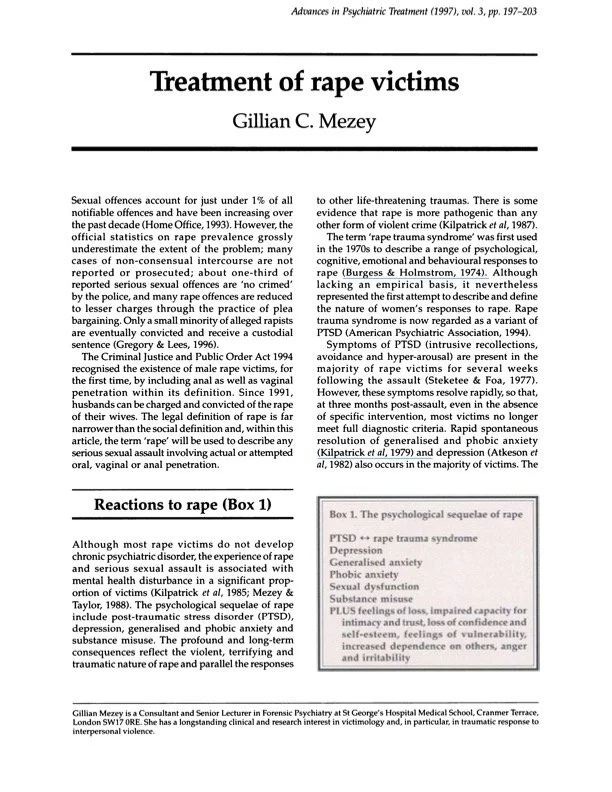By The Government of New South Wales
The strategy lays the foundation for the New South Wales domestic and family violence sector to support highly skilled workers who help victim-survivors stay safe, heal and recover. It includes actions such as prioritizing workplace safety, health and wellbeing, improving workforce recruitment and renewal, driving workforce diversity, boosting collaboration and supporting skill and capability development.
Sydney: Government of New South Wales 2025. 40.






